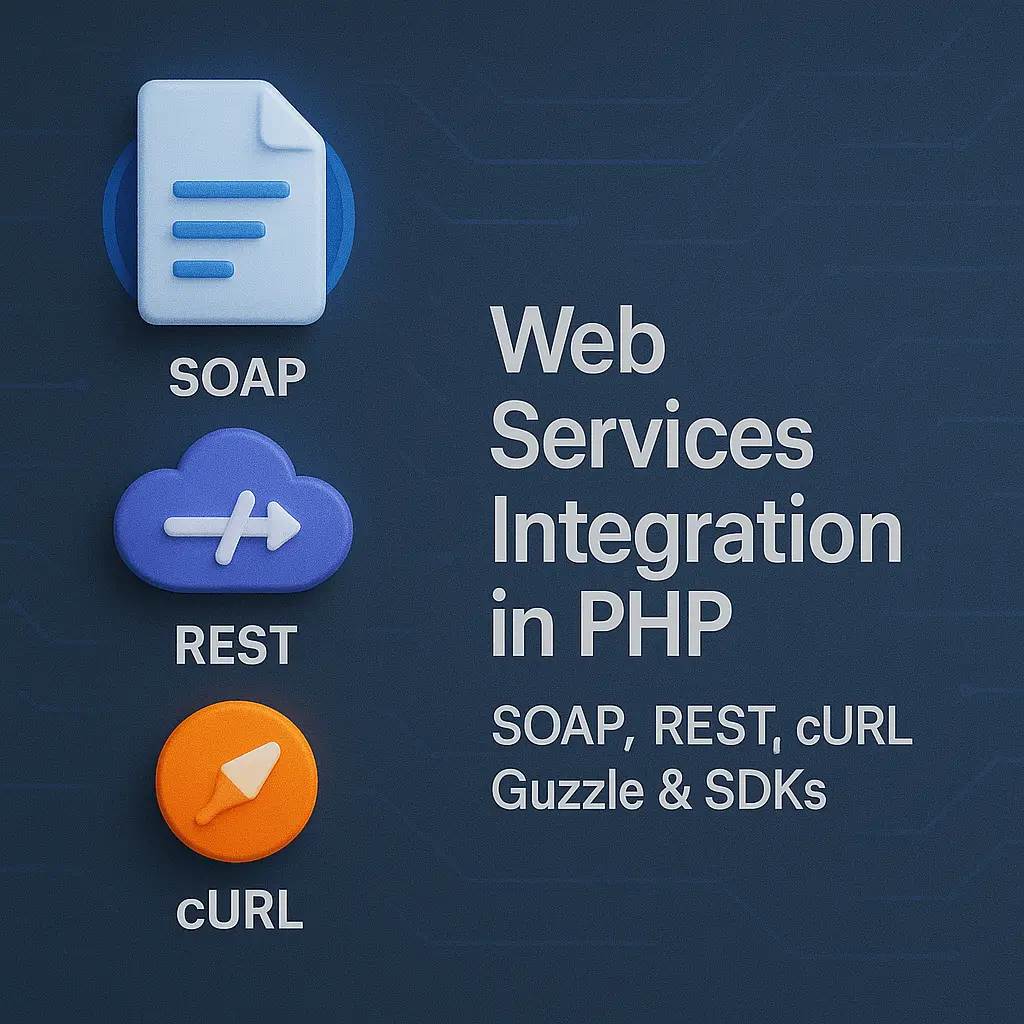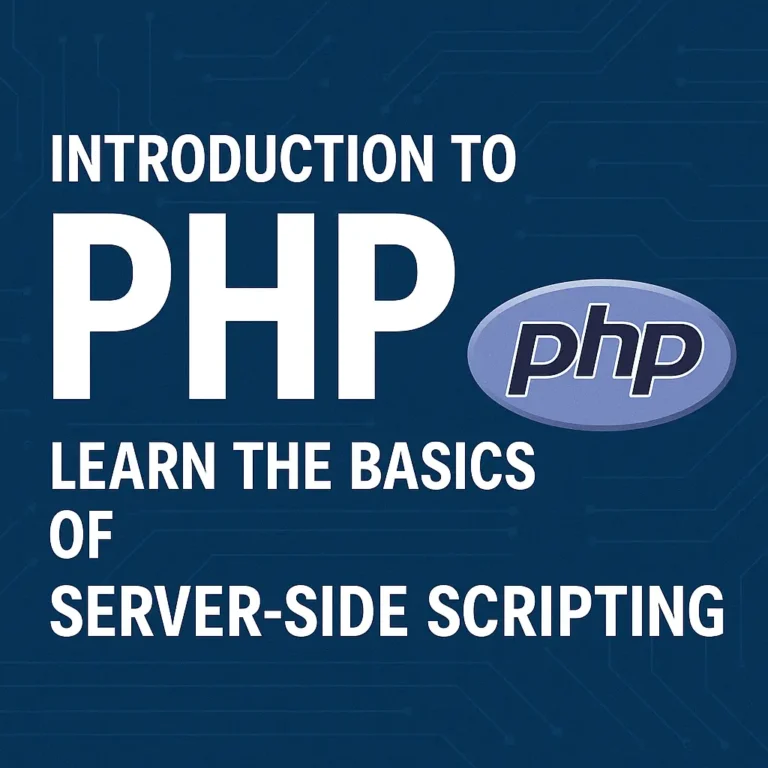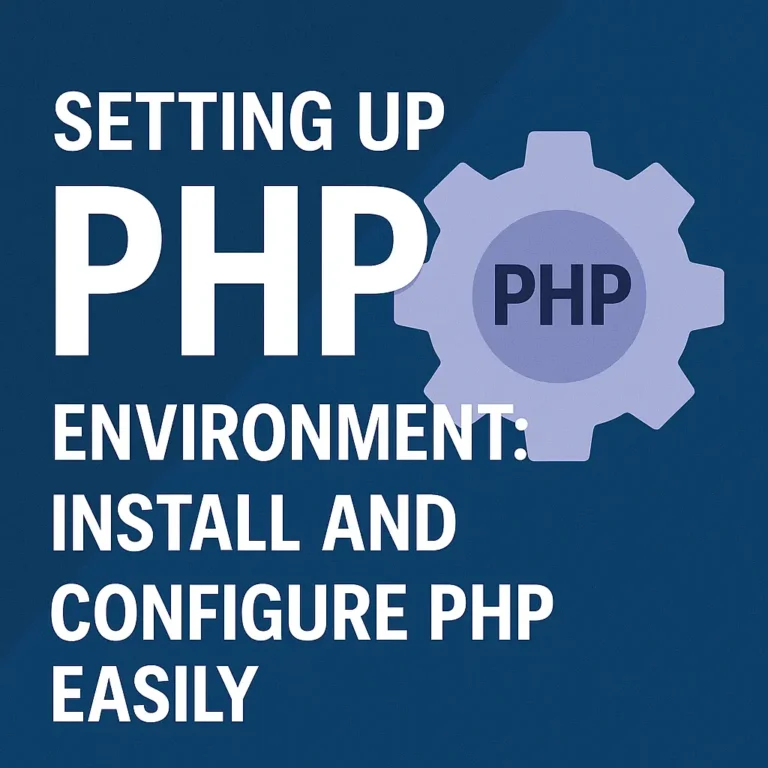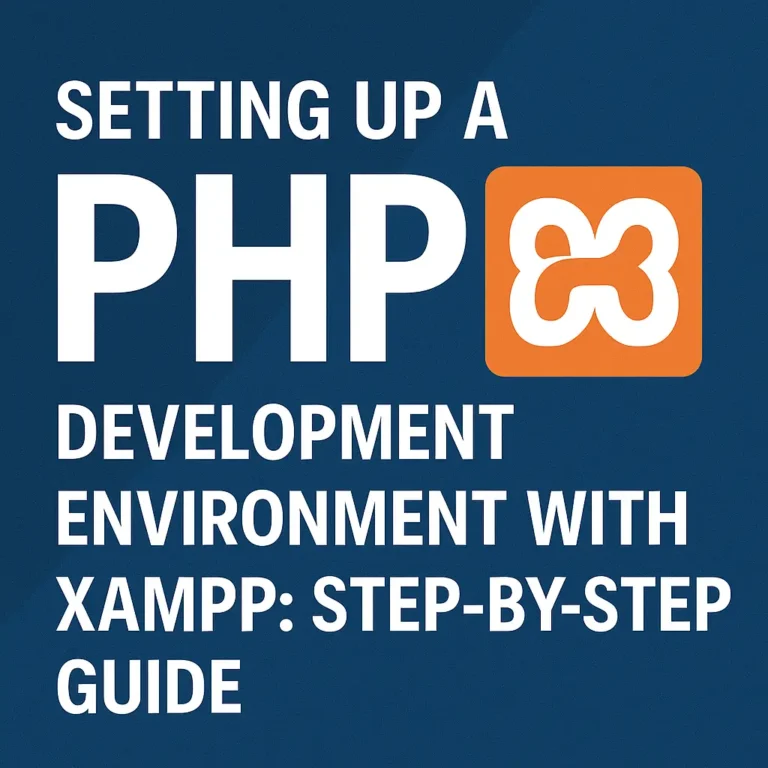In this comprehensive guide, we’ll explore how to consume SOAP and RESTful services in PHP, empowering you to integrate external functionality into your applications with ease.
Consuming SOAP Services
SOAP (Simple Object Access Protocol) is a protocol for exchanging structured information in the implementation of web services. It relies on XML for message format and HTTP or other protocols for message transmission. Consuming SOAP services in PHP involves generating client code from a WSDL (Web Services Description Language) file and invoking remote methods. Let’s walk through an example of consuming a SOAP service in PHP:
Generating Client Code
$ wsdl2phpgenerator your_service.wsdl --output=generated_client
Using the Generated Client
<?php
require_once 'generated_client/YourService.php';
// Create an instance of the generated client
$client = new YourService();
// Call methods on the client
$response = $client->someMethod($params);
// Process the response
// ...
?>
Consuming RESTful Services
RESTful APIs have become the standard for building scalable and flexible web services. They utilize standard HTTP methods like GET, POST, PUT, and DELETE for data manipulation and typically return data in JSON or XML format. Consuming RESTful services in PHP involves making HTTP requests to the API endpoints and handling the responses. Let’s see how you can consume a RESTful service in PHP using the Guzzle HTTP client:
<?php
require 'vendor/autoload.php';
use GuzzleHttp\Client;
// Create a new GuzzleHttp client instance
$client = new Client();
// Set the base URL of the RESTful API
$baseURL = 'https://api.example.com/';
// Make a GET request to retrieve data
$response = $client->get($baseURL . 'resource');
// Get the response body as a string
$body = $response->getBody()->getContents();
// Decode the JSON response
$data = json_decode($body, true);
// Process the data
// ...
?>
Best Practices for Web Services Integration in PHP
When integrating web services into your PHP applications, consider the following best practices:
Error Handling: Implement robust error handling to gracefully handle exceptions, network failures, and unexpected responses from web services.
Authentication and Authorization: Ensure secure communication with web services by implementing appropriate authentication and authorization mechanisms, such as API keys, OAuth, or JWT.
Rate Limiting: Respect rate limits imposed by web services to avoid being throttled or blocked. Implement rate limiting on your end if necessary to prevent excessive API usage.
Caching: Cache responses from web services to reduce latency and improve performance. Use techniques like in-memory caching, file-based caching, or caching proxies to store and retrieve data efficiently.
Documentation: Familiarize yourself with the documentation provided by the web service provider to understand available endpoints, request parameters, response formats, and usage limits.
Conclusion
Integrating web services into your PHP applications opens up a world of possibilities for extending functionality, accessing external data, and enhancing user experiences. Whether you’re consuming SOAP services for enterprise integration or RESTful APIs for data retrieval, PHP provides powerful tools and libraries for seamless integration. By following best practices and leveraging the techniques outlined in this guide, you can harness the full potential of web services and build robust, feature-rich applications that meet the demands of modern web development. Happy coding!






